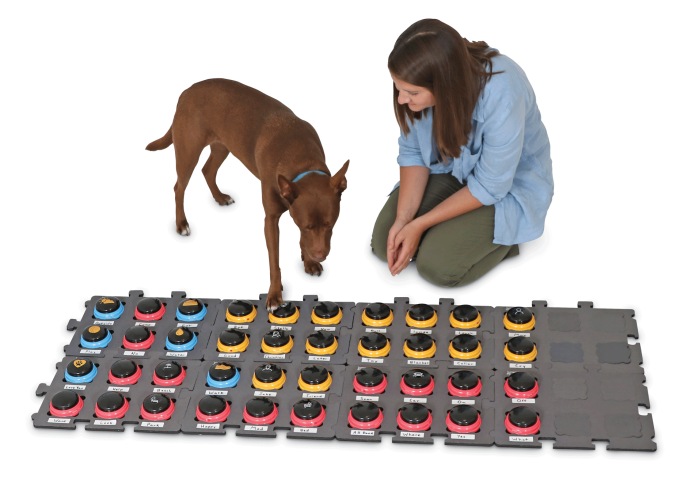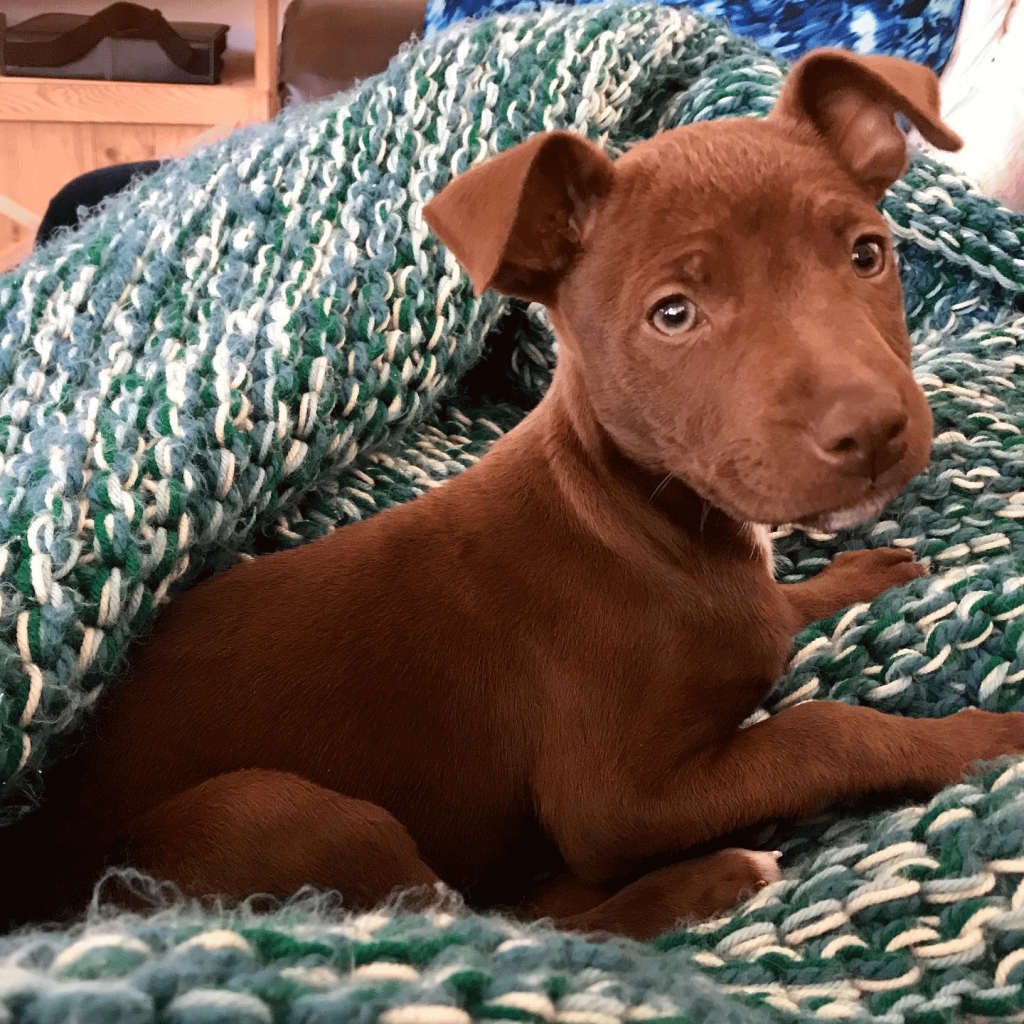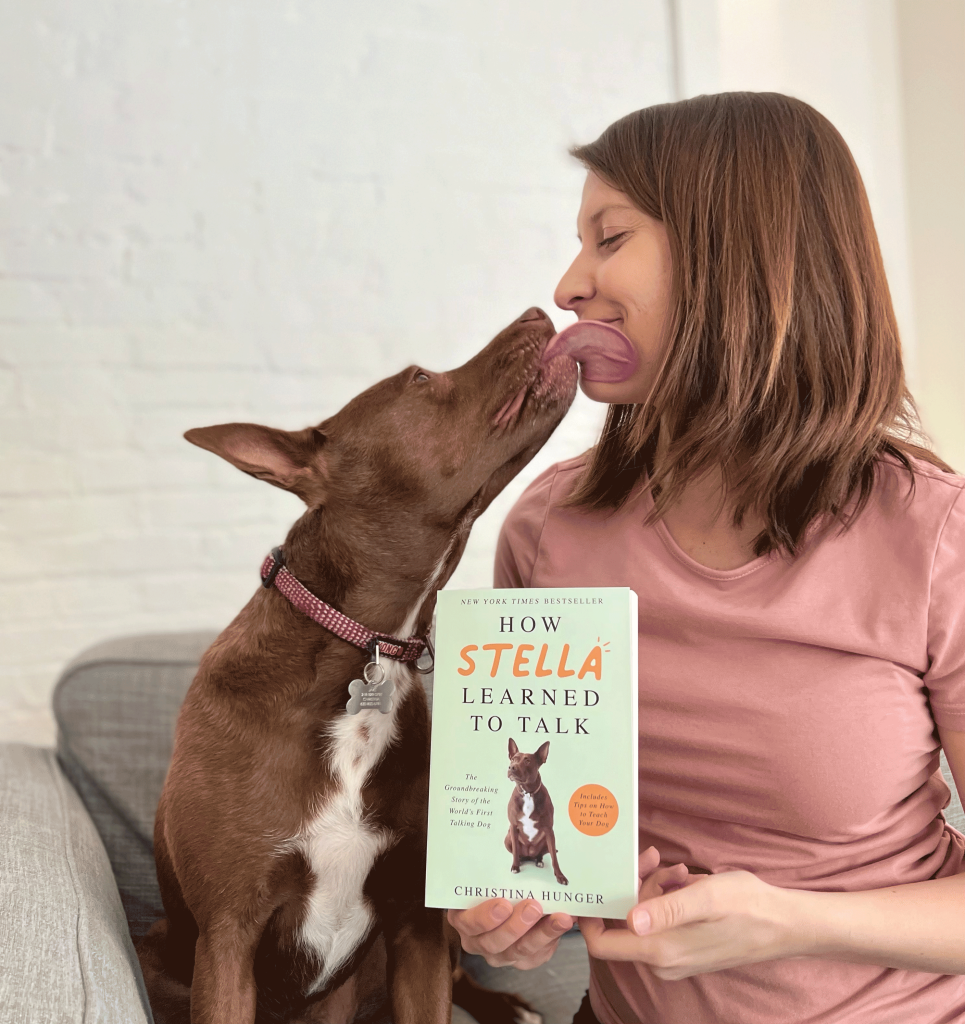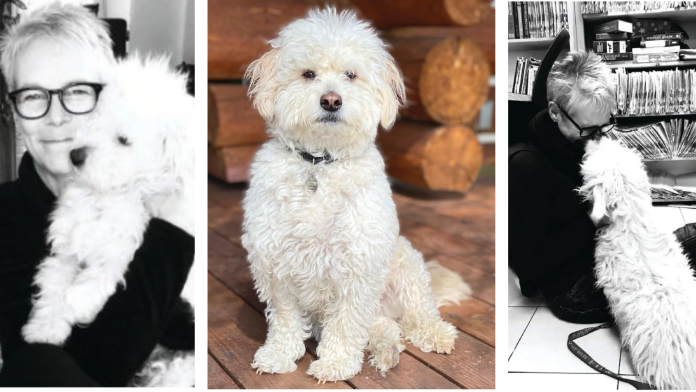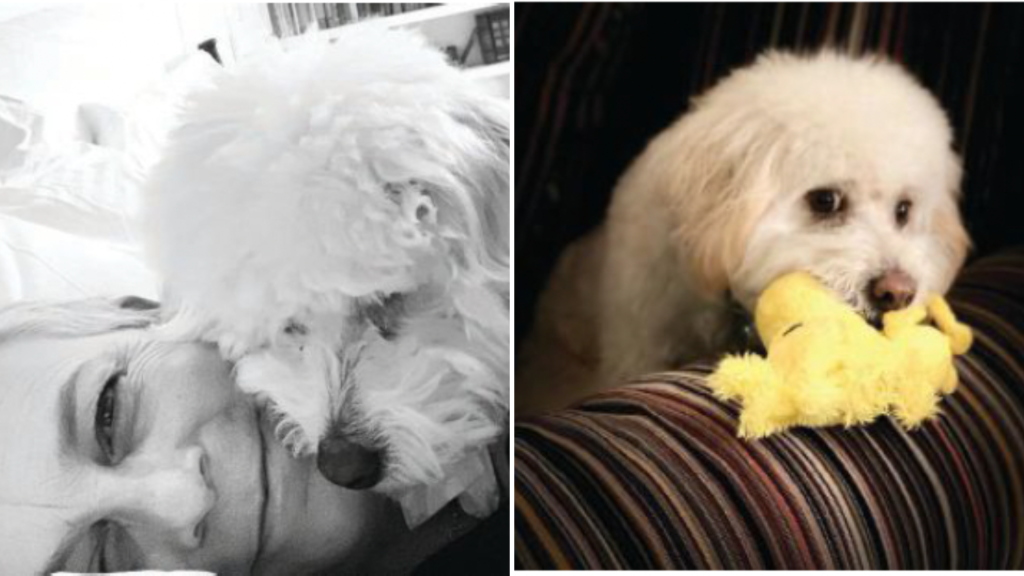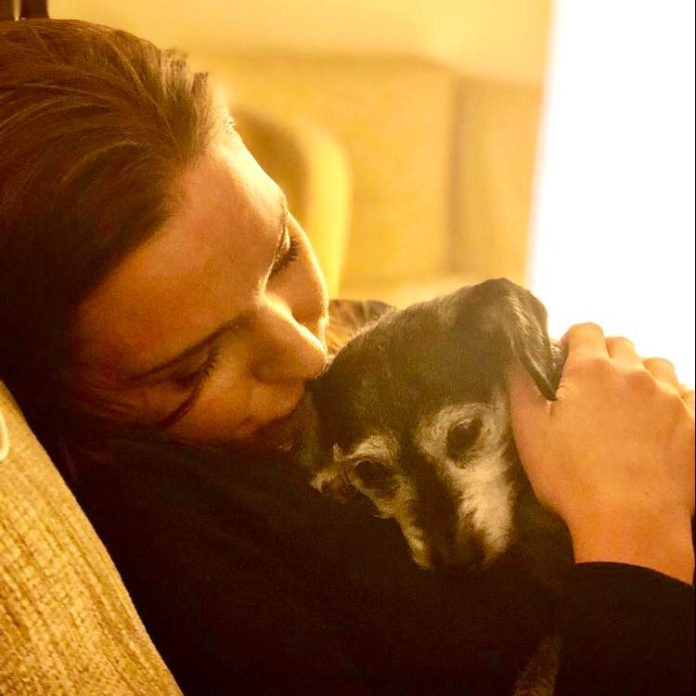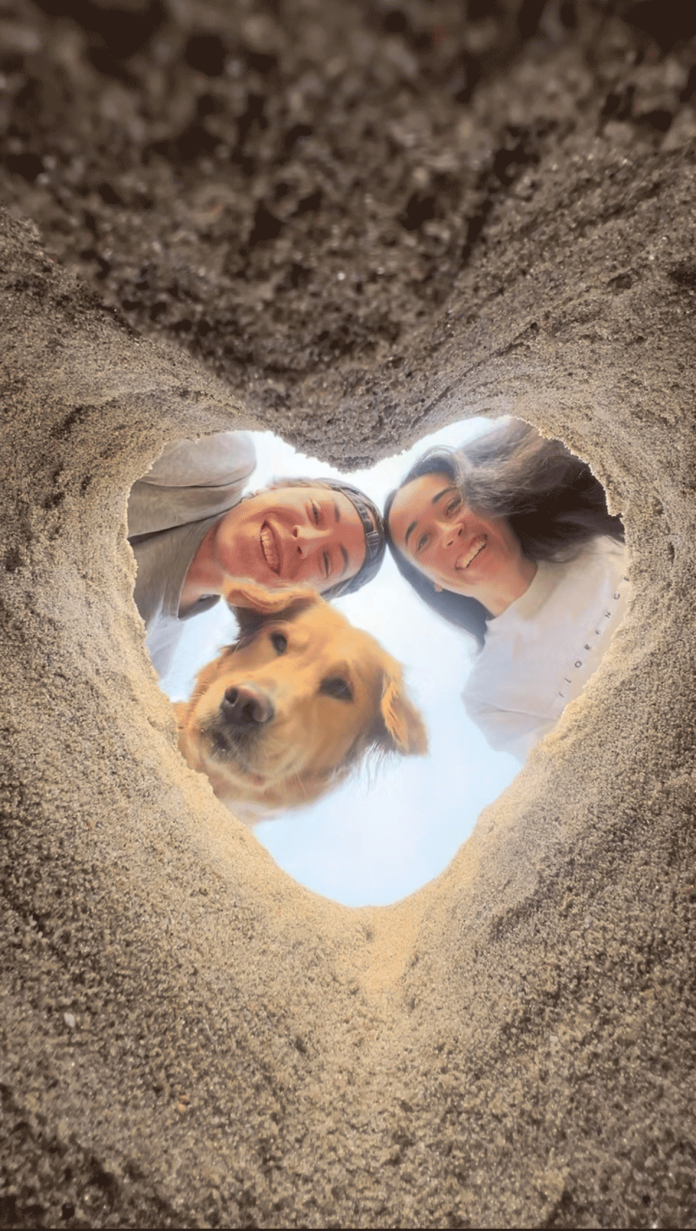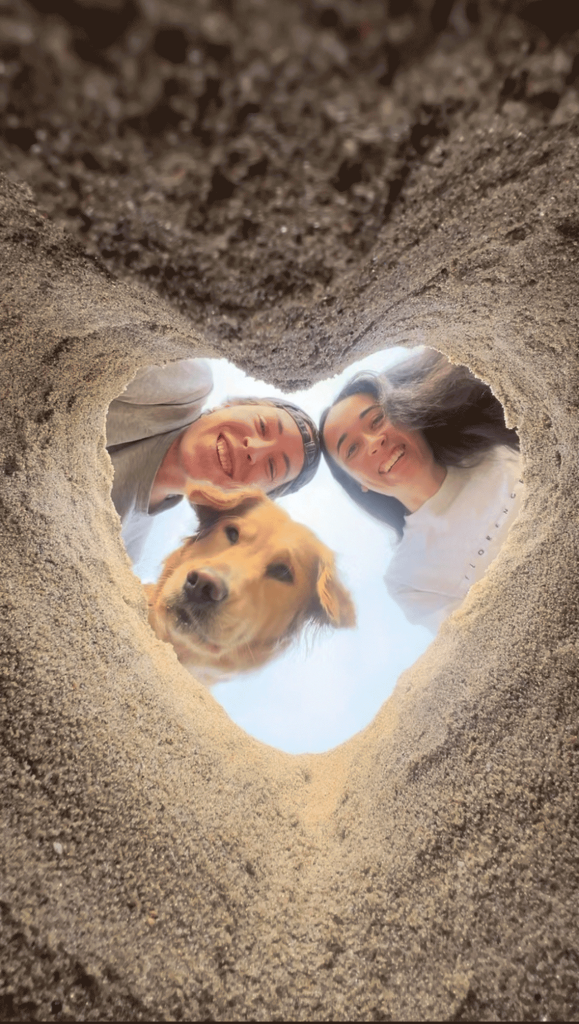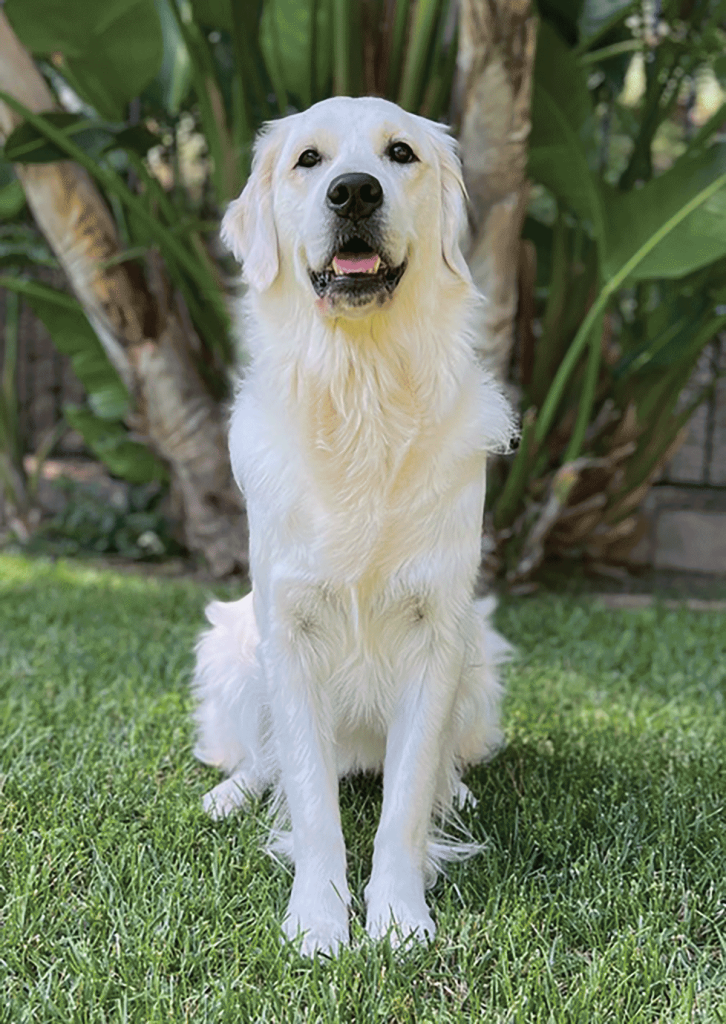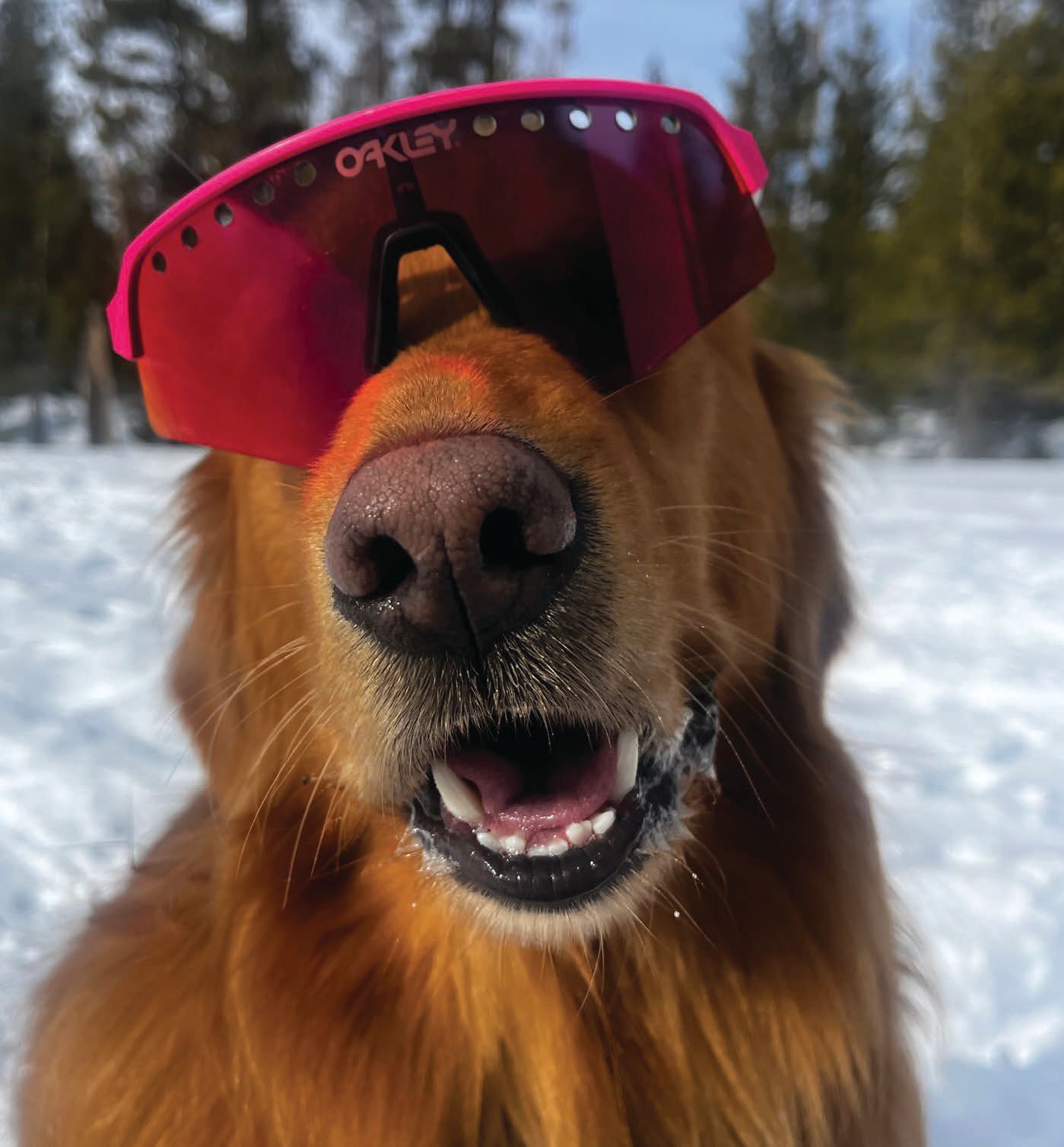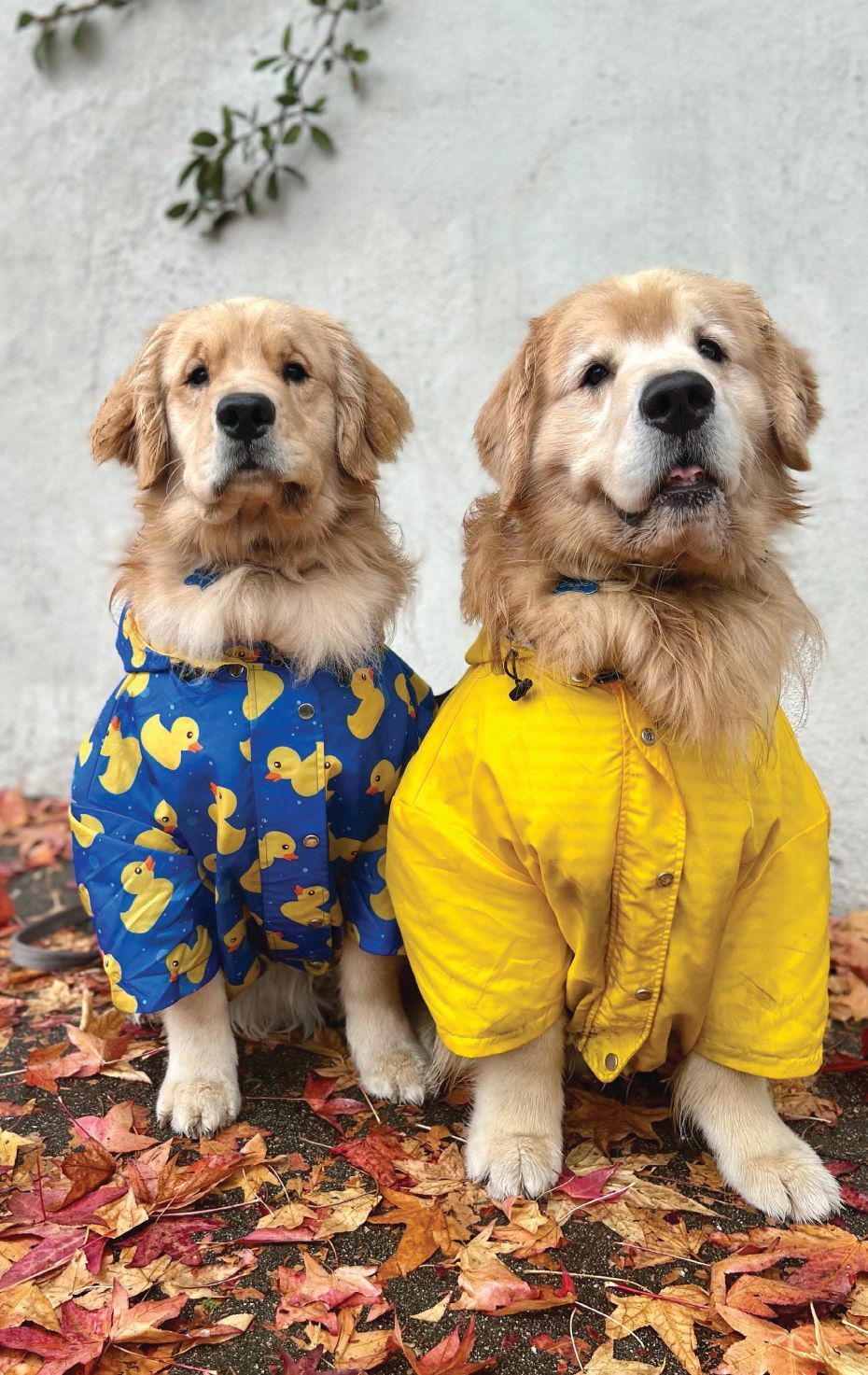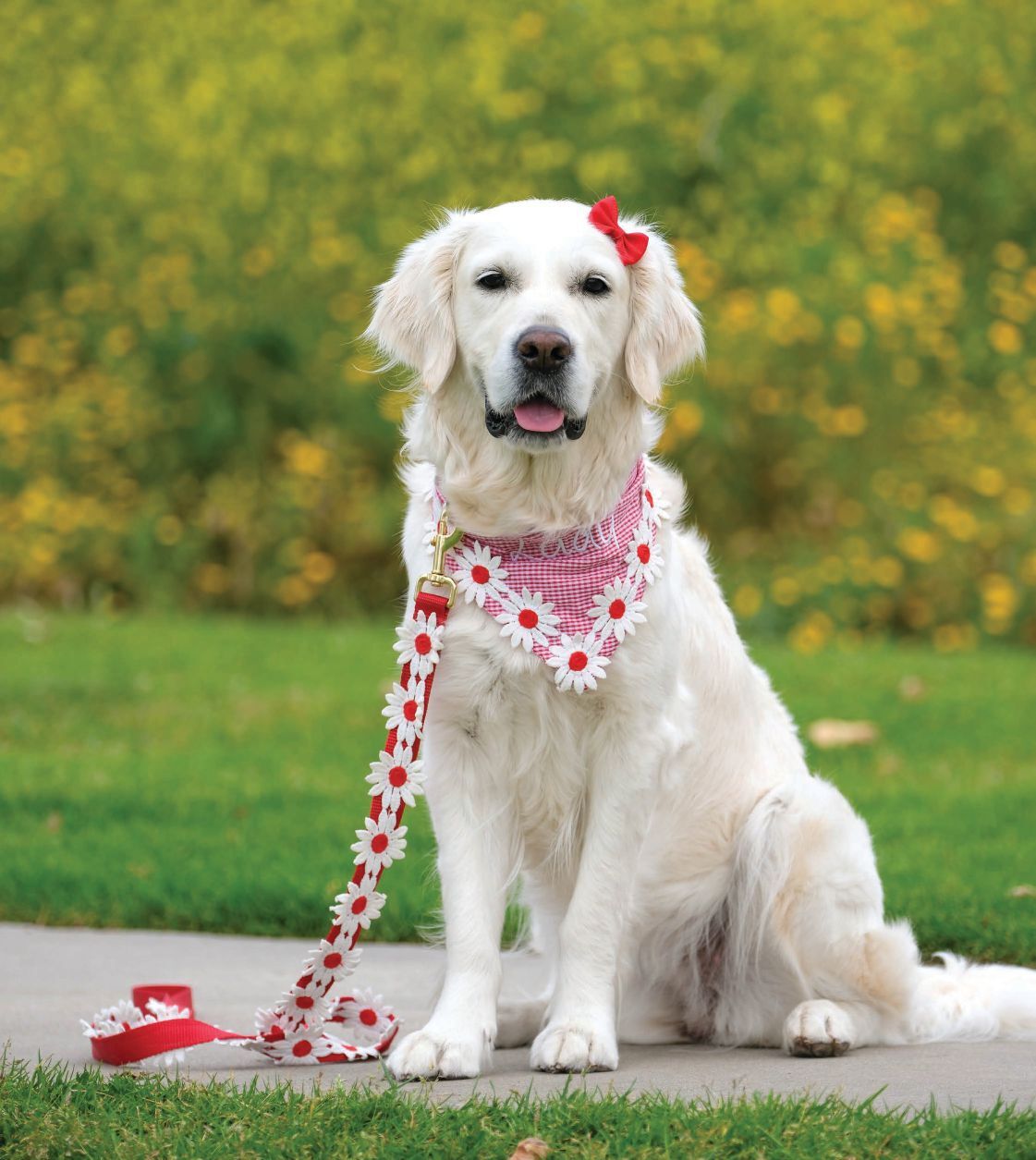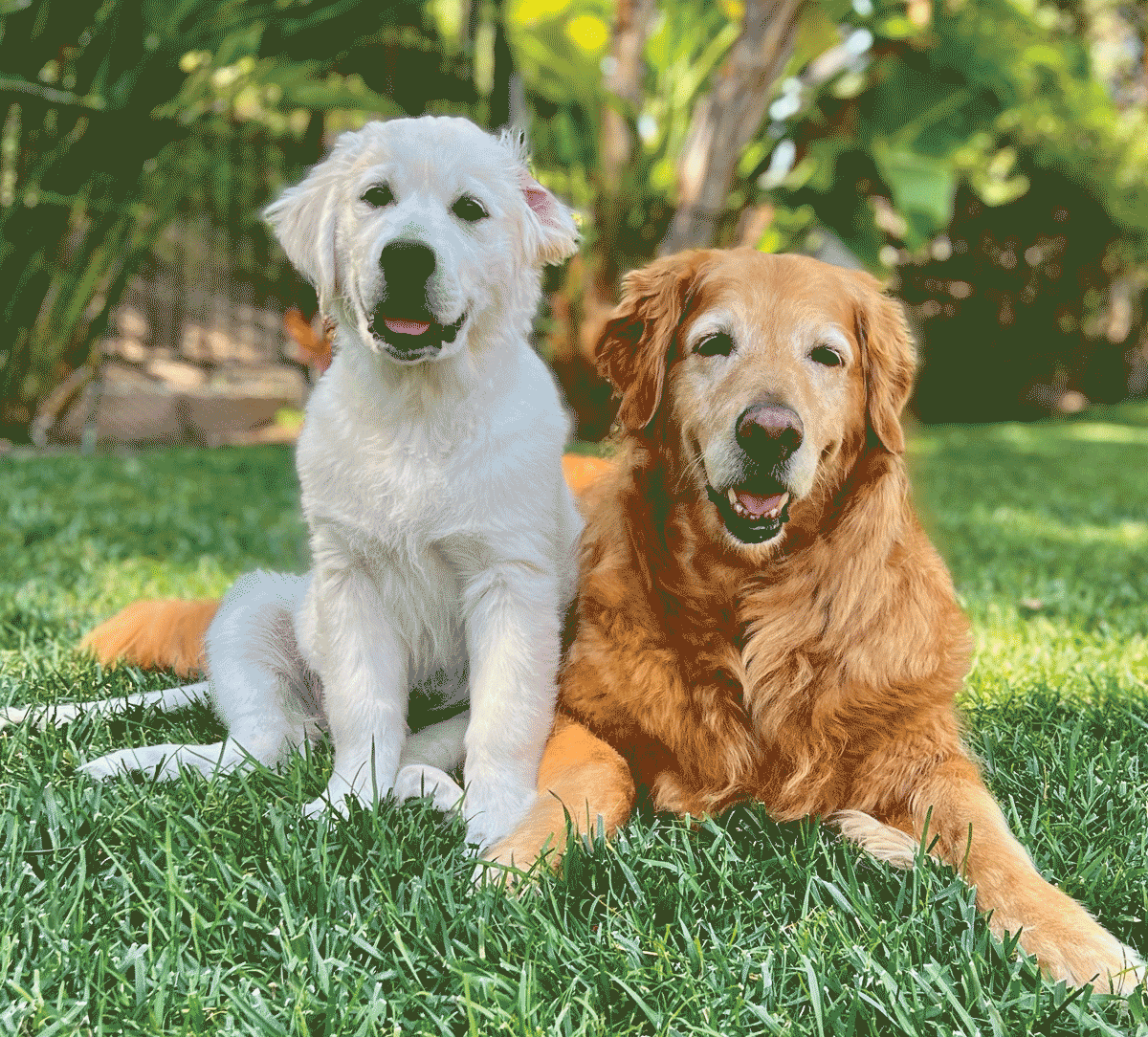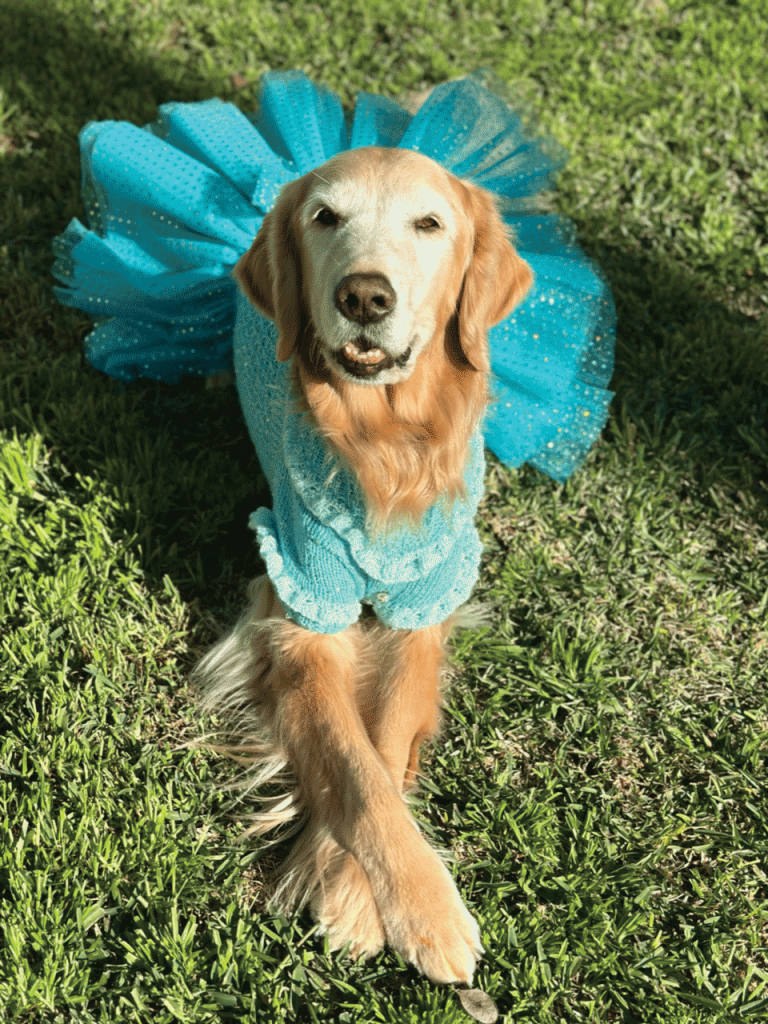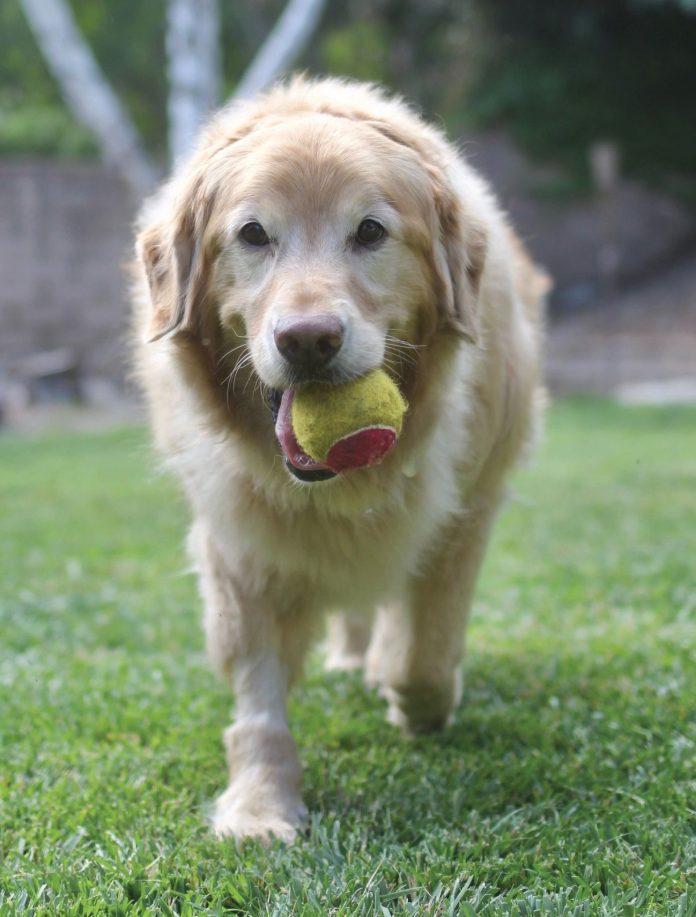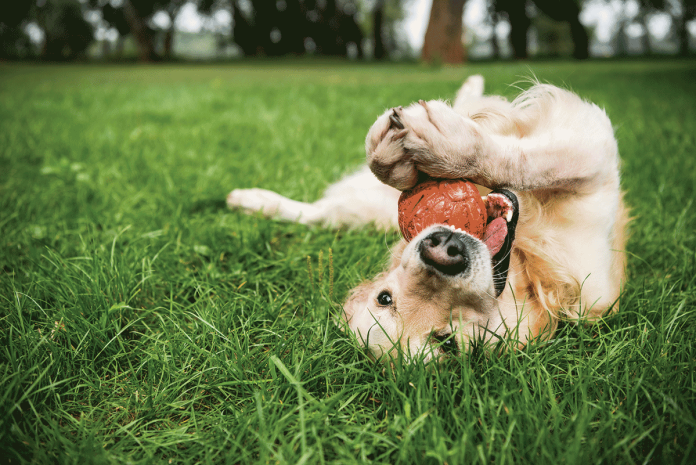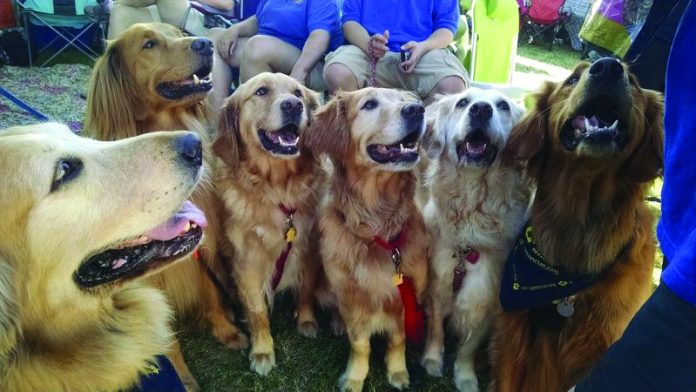Christina Hunger Gives Stella a Voice
If you’re a dog owner, you’ve likely said to yourself (more than once), “I wish my dog could just tell me what she wants!” Well, if you’re serious and don’t mind committing some time and effort, your wish could actually come true. All thanks to the pioneering work of Christina Hunger and her adorable chocolate-colored dog Stella—the world’s first “talking” dog.
Known as the founder of the Talking Dog Movement, Christina Hunger is a speech-language pathologist who taught her dog Stella—who she adopted in early 2018—to “talk” using buttons. These buttons are augmentative and alternative communication (AAC)/augmentative interspecies communication (AIC) devices, often used by children with language delays to communicate nonverbally. Inspired by her passion for using technology and other adaptive equipment to help people communicate when speaking is difficult, as well as her desire for Stella to be understood, Christina set out to see what would happen if she provided Stella with a way to say the words she was hearing and understanding. A few shared videos to her blog, demonstrating her training process and Stella’s progress, went viral and made international headlines. In 2019, a media frenzy ensued that catapulted Christina, Stella, and the concept of teaching dogs to “talk” into homes around the world.
How It Started
As a college student, Christina was looking for a career that would combine her interest in healthcare with her passion for education. At the recommendation of a friend, she took an introductory class, part of the Communication Sciences and Disorders major curriculum, and fell in love with the field. She realized that practicing speech-language pathology would give her an opportunity to make an impact on people’s lives—empowering them with their own voice.
Through her work as a speech-language therapist, Christina became passionate advocate of communication boards that displays photos, symbols, or illustrations to help people with limited language skills express themselves. These AAC devices empowered her clients to have a voice and express how they were feeling, it helped reduce their frustration with communication barriers, and it empowered them to make decisions for themselves.
Puppy Love
In 2018, Christina brought home her puppy Stella, a Cataula and Blue Heeler Australian Cattle Dog mix. Like all pet parents, Christina’s race was on to navigate her care schedule, teach her the basics like where to potty, when to eat, what not to chew, and all the things welcoming a new puppy into your family brings. While Stella’s personality blossomed, Christina noticed that her learning patterns were a lot like those of her clients. She seemed to display the same language milestones as she was learning the language of her new home. This was the “aha” moment that prompted Christina to try a little experiment. She wanted to see if Stella could learn and express language using the same tools she used with her clients. The idea was to see if Stella could learn to associate specific words with a designated button, giving her the opportunity to “talk” to her parents.
Christina began streamlining her communication with Stella, much like she would with a toddler. Instead of speaking to her in sentences like, “Do you want to play?” She would instead, pick up a toy and say “Play?” to Stella. Stella learned quickly and, over time, Christina began to expand on what words she used. To “play,” she added the word “want,” and began asking Stella, “Want play?”
With Stella showing significant progress very quickly, Christina wondered if there were any AAC-type devices available for use with dogs. Surely someone out there thought dogs could communicate this way, right? Well, no. There was very little information available on the topic, much less devices specifically created for dogs. When she couldn’t find a device to suit Stella’s needs, Christina started looking for a way to create something on her own.
She started with a small set of recordable buttons like the ones she used with her clients. Only a week into Stella settling into her new home, Christina started off with the goal of learning one single button. She wanted a button for “outside” that would let her know when Stella needed to use the bathroom. Every time Christina or her now-husband Jake would walk by the button or offer Stella an opportunity to go outside, they would press the button and say “outside.”
After two painstaking weeks, Stella still would not acknowledge the button, and she certainly wasn’t lifting a paw to push it. Christina wondered if there was something else she could try to pique Stella’s interest. Finally, she noticed that when Stella went over to stand at the door, she was stealing a look at the button for “outside,” then peering up at Christina. It required faith and patience, but in her own time, she was getting it!
Finally, one night Stella stood by the “outside” button, looked at it and looked at Jake. Jake, as usual, looked down at the button and said “Outside?” He watched, stunned, as Stella picked up her paw and pushed the button all by herself. Quickly stirring himself into action, Jake took her outside, where she used the bathroom. He waited a few minutes, let her sniff around some more, and she used the bathroom again, then turned to go back inside. This was a real breakthrough!

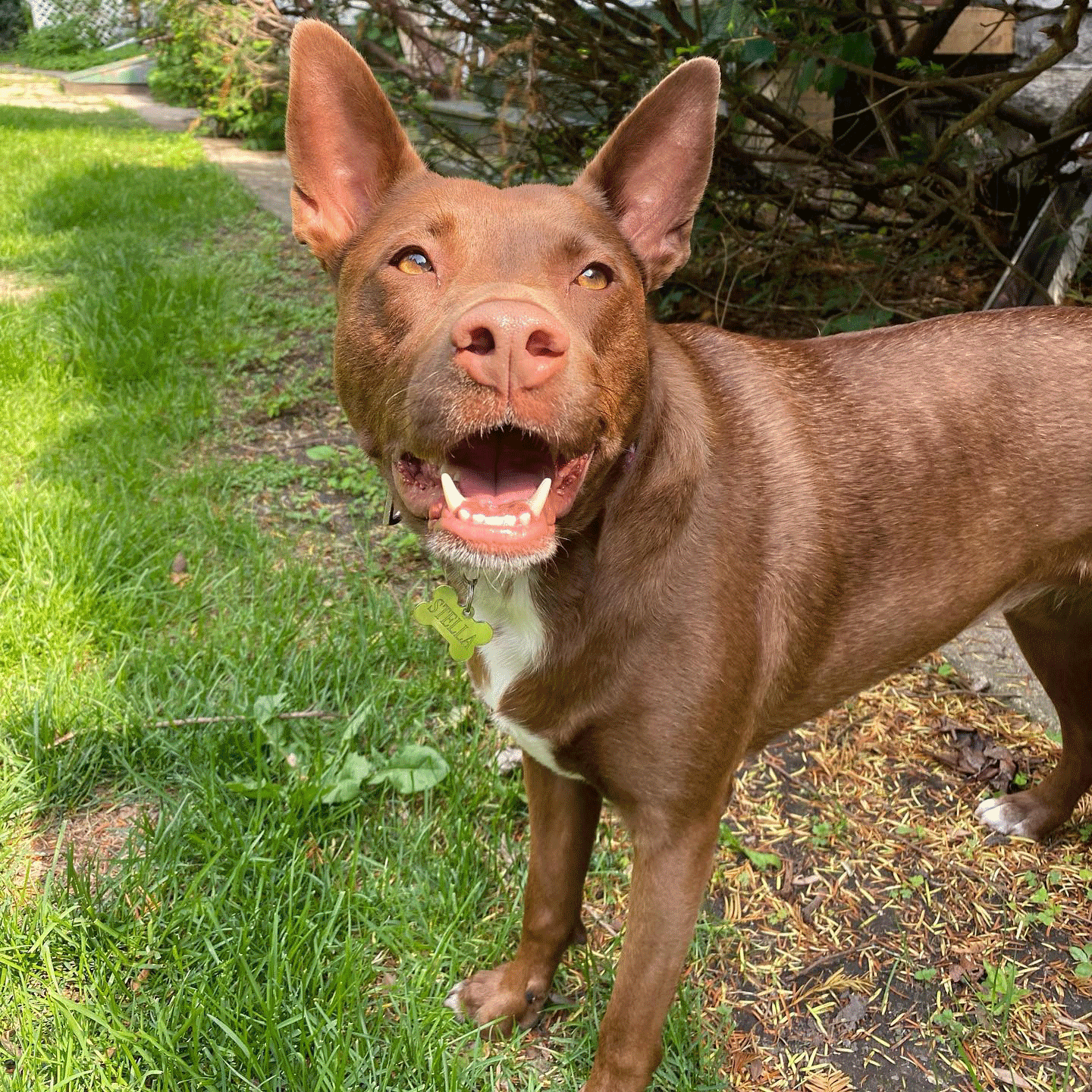

And clearly, it was a breakthrough in Stella’s cognitive development, too, as her ability to learn new words and increase her vocabulary took off quickly. Very soon, Stella was adding words, using her buttons to express at least one new word concept a day without much prompting. And Stella left no doubt that she was truly learning—she used the buttons exactly as intended, to express her desire for something, pushing the correct button to ask for it. As Stella started using her buttons consistently, Christina added more words. The words she added were carefully chosen to help Stella communicate her wants and needs—walk, eat, beach, bye, play and come, for example. “As her vocabulary grew, so did her button board,” Christina says. Four words became eight, eight became twelve, and so on. As her vocabulary grew, so did her button board.
In less than two years, Stella has amassed a working vocabulary of more than 32 words. And, most impressive, she’s learned to combine her words (and her buttons) to convey more complex and specific concepts. Today, her vocabulary is about 50 words and Stella regularly presses several buttons in a row to communicate phrases like “bed want outside” before taking a nap in the sun or “love you come come” before flopping over for a belly rub. It’s an astonishing development, proving that dogs—and likely other pets—have the ability to master new tools to help them genuinely communicate with their owners.
The Talking Dog Movement Takes Off
Christina didn’t set out to become a media sensation—she simply wanted to communicate and understand Stella on a deeper level. When she began posting videos and information on her blog, she saw no hint of the avalanche of interest in what she was doing that would follow.
To bring accessible tools to pets and their parents, Christina created her company Hunger for Words and developed a set of buttons pet parents could buy and use in their homes. Each product has a guide written by Christina with step-by-step instructions and activities to try at home with your pet.
As the product reach has grown, she has seen dogs of all ages and abilities learn to use the buttons. She relates that what surprises parents of older dogs is that they typically learn how to use the buttons fast, much more quickly than expected. Christina offers that one reason for this may be that they’ve been listening to you for much longer than a new puppy, and so they’re already familiar with your spoken vocabulary.
How Stella Learned to Talk becomes a New York Times Best Seller
In 2021, when Christina published her first book, How Stella Learned to Talk, it quickly became a New York Times Best Seller. The book is a moving account of Christina’s career journey, an in-depth look at her work with Stella, and the personal and professional growth she experienced along the way. It also reveals the techniques Christina used to teach Stella, broken down into simple stages and actionable steps any dog owner can use to start communicating with their pets.
So what does this communication mean for our relationships with our pets? It’s a game changer! Pet parents want to give their pets not only what they need but also what they want (within reason). And it’s not hard to imagine they want the same for us, if only they knew what we wanted. The possibilities of a relationship based on communication are endless.
Christina says it best when she explains, “Language is often viewed as the last barrier we have between the human and animal worlds. But what happens when that barrier dissolves? We realize that we all think, we all feel, we all have options, we all communicate, and we all want to connect.”

